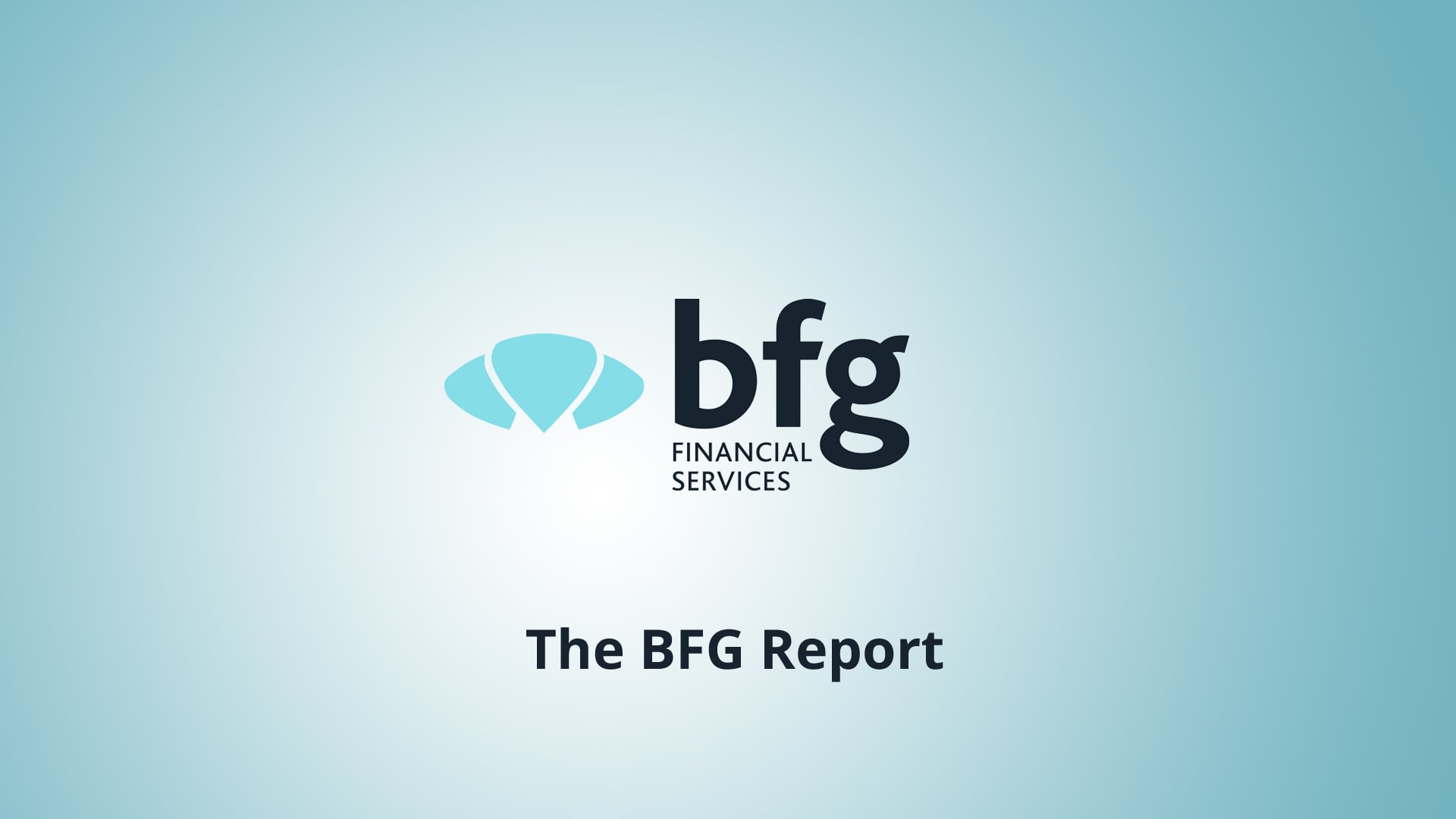Welcome to the 2021 Winter Edition of the BFG Report
What really influences interest rates?
Interest rates are very important for many Australians, and rightly so – after all, whether it’s the returns on savings accounts or mortgage repayments, the rate of the day can have a significant impact on the household budget for millions of Australians. So what influences interest rates, and why are they changed?
Who’s navigating?
One of the many responsibilities and functions of the Reserve Bank of Australia (RBA) is to control domestic official interest rates to fulfil their charter, contained in the Reserve Bank Act 1959, which is to best contribute to the:
- stability of the currency of Australia
- maintenance of full employment in Australia
- economic prosperity and welfare of the people of Australia.
As a result of this charter, the RBA has determined that an inflation rate of between two and three per cent per annum is the best way to meet these objectives.
Why do they change?
The RBA lowers official interest rates to make borrowing cheaper, increasing spending (and therefore demand), which in turn increases inflation to the desired range. Increasing rates, on the other hand, discourages borrowing – and spending – easing inflationary pressures. While fulfilling their charter may be the goal of the RBA, the same may not be said for central banks around the world. Low interest rates are usually associated with a lower dollar as they often mean less foreign investment as global investors look elsewhere for the highest returns for their money. In what sometimes looks like a race to the bottom between nations, a lower dollar makes manufactured goods cheaper for foreign buyers, boosting exports and increasing tourism.
Why is my loan interest higher than the cash rate?
The RBA’s cash rate provides a level of interest rates that affects the rates paid in the wholesale market by the banks. While credit is available to banks in the wholesale market at a rate of, say the current 1.5 per cent, they will add a premium before applying the rate to retail loans and mortgages. The concept is the same as a supermarket buying produce in bulk at a lower price than offered to shoppers. Simply, this margin is how banks make their money.
Winners and losers from lower interest rates
| Winners | Losers |
| Borrowers: mortgage holders and property investors benefit from lower repayments on loans. | First home buyers: lower interest rates contribute to the rise in house prices, meaning buying a first home just got harder. |
| Investors in overseas markets: international earnings benefit from a lower Aussie dollar.
|
Insurance companies: as insurance companies invest your premiums long-term, they are now facing lower returns which can put pressure on premiums. |
| Investors in the share market: due to low returns on fixed-interest investments, investors put more money into the share market. | Savers: reducing interest rates means lower returns on savings, affecting those who rely on interest for their income. |
Investment Market Review – Quarter Ended 31 March 2021
Summary
- Share markets rose further in the March quarter amidst optimism at global economic recovery and rising energy and commodity prices.
- Vaccine rollout continued to be a major focus with a new US government stimulus package also a major highlight.
- Both were factors helping drive a selloff in bonds as investors sought out assets that would benefit from the expected global economic recovery this year.
- The Global Composite PMI (a useful leading indicator of global economic growth) climbed further to a near 7-year high led by improvement in the US.
Markets
- Risk assets by and large rose over the quarter while A-REITs (Australian listed property) were a notable exception. Bonds were largely negative with government debt struggling the most in a rising yield environment.
- Australian equities lagged vs global peers while value stocks continued their recent rally, clawing back more of the relative underperformance in 2020.
Key economic news
- The RBA committed itself further to its bond purchases to lower borrowing costs and weaken the Australian dollar. It also reiterated its expectations of economic conditions will see the cash rate remain at 0.1% until 2024.
- The Biden Administration passed its $1.9 trillion stimulus program to support the coronavirus vaccine rollout and economic recovery. A major infrastructure spending package is also being negotiated.
- Inflation concerns persisted as a recurrent theme in business surveys plagued by a mix of coronavirus restrictions and rising commodity prices including oil.
Asset class performance to March 2021 (Total returns in AUD)
| Annualised | ||||||||||
| Asset Class | 1-mth | 3-mth | 6-mth | 1-yr | 3-yr | 5-yr | 7-yr | 10-yr | 15-yr | 20-yr |
| Australian equities (S&P/ASX 200) | 2.4% | 4.3% | 18.5% | 37.5% | 9.7% | 10.2% | 7.7% | 8.0% | 6.3% | 8.4% |
| International equities | 5.1% | 6.3% | 12.4% | 23.5% | 13.2% | 13.7% | 13.0% | 13.5% | 6.8% | 4.6% |
| Australian REITs | 6.6% | -0.5% | 12.8% | 44.7% | 7.6% | 5.6% | 10.1% | 10.6% | 3.6% | 6.7% |
| Australian bonds | 0.8% | -3.2% | -3.3% | -1.8% | 4.0% | 3.5% | 4.3% | 5.0% | 5.4% | 5.4% |
| Cash (AUD) | 0.0% | 0.0% | 0.0% | 0.1% | 1.1% | 1.4% | 1.7% | 2.3% | 3.4% | 3.9% |
- Sources: Bloomberg, IOOF calculations
High Yielding Internet Savings Accounts
Financial Institution Interest Rate** Financial Institution Interest Rate**
RaboDirect Bank 1.50% p.a. ING Savings Maximiser 1.35% p.a.
Macquarie – Savings Account 1.10% p.a. ME Bank Online Saver 1.10% p.a.
IMB – Reward Saver 1.10% p.a. Australian Unity – Active Saver 0.75% p.a.
** Rates are subject to conditions and change. Rates are correct as at 24/6/2021.


